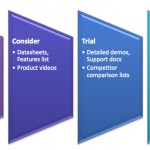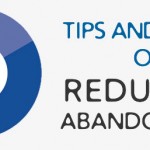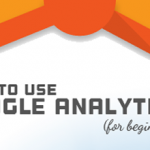Avinash Kaushik is a world-renown expert in web analytics, a master of marketing data. But when he took the stage at SES San Francisco earlier in August, he had a bigger topic to evangelize.
“The problem is very rarely data,” he said. “Or that we don’t have access to data.”
According to Avinash, success in digital marketing — and, more broadly, business in the modern world — depends on understanding three things:
- Influence — finding people in the world at the right moment and targeting them with the right message, across both paid media and earned media
- Experience — delivering amazing experiences to people through all digital channels
- Value — recognizing that each interaction with a customer or prospect has economic value to your company, even if it isn’t an immediate “conversion”
Analytics and data have a role here, but it’s behind the scenes. “Behind all of this is enormous amounts of data,” he acknowledged. “But if you’re not good at these three things, it is impossible for you to succeed, even if you have more data than God.”
The intersection between experience and value is particularly crucial for marketers building landing pages and microsites. Avinash observed how much digital marketers obsess over conversion rates. And to a certain extent, that’s good — after all, conversion rates are what bring us actual revenue (or at least leads for actual revenue). But sometimes, this focus on conversion rates can cause us to undervalue other, non-converting interactions with our audience.
“In a very myopic way, we optimize our business for these 2% [an average conversion rate],” he said. “And that’s a crime. It’s like everybody who did not jump into bed right away, get out!”
“Macro-conversions [what most people think of as conversions] are connected to revenue, but this is where most people stop, the 2%. Instead, we should ask: what are the things that the other 98% are doing? These are where powerful micro-conversions occur, visitors doing things that are adding value to our business, but aren’t just ‘submit order.’ Focus on economic value, inclusive — not just revenue.”
Micro-conversions can include any other action that a visitor takes to express interest. It might be clicking through to a deeper page, opening up an accordion of content details, watching an embedded video, or possibly liking or sharing the page on a social network. Microsites and conversion paths are terrific landing experiences for micro-conversions because they give visitors relevant content to explore before committing to the primary call-to-action.
Even if someone isn’t ready to convert on a particular visit, it’s still important that you leave them with a great impression. The content and the design should be compelling, meaningful so as to plant the seeds that can lead to a conversion further down the line. Maintain “a healthy balance between direct response and branding” in the digital experiences you produce.
Avinash’s parting advice: “Focus on 100% of the people” who come to your landing pages, web site, or mobile pages.








I think many per click might show you, for example, if you’re getting conversions from someone who has visited your site in the past and is now returning to purchase? (as opposed to brand new visitors who buy on first clickthrough?) Just a guess.
If you need a professional but cost-effective landing page service then you can’t go wrong with choosing BijouMind. Not only do they create jaw-dropping, high conversion landing pages through their easy to understand process, but you can also benefit from the 30-day split testing to make sure you are totally happy with the landing pages and results provided.
You don’t need to know HTML or any other coding languages as they will help you create perfect pages, whether you are a marketing agency, a small business or even an individual looking to build your brand.